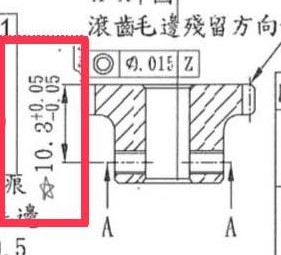Introduction Precision threading on circular surfaces presents unique challenges in modern manufacturing. Achieving a high level of accuracy for M3 through-holes with position requirements often requires more than standard techniques. Many workshops struggle with maintaining center alignment when the drill bit meets the curved surface, resulting in deviations or failures. In this article, we will discuss the common difficulties encountered in this process and how employing systematic methods can overcome these challenges, improving both quality and efficiency.

Challenges in M3 Threading on Circular Surfaces
Maintaining Positional Accuracy: When drilling through a circular surface, the curvature often causes the drill bit to deviate from the intended trajectory. This deviation can lead to alignment errors that make threading impossible or ineffective.
Avoiding Drill Bit Deflection: As the drill exits the material, particularly on a curved surface, it faces uneven resistance, increasing the likelihood of deflection. This results in uneven threads and potential failure of the final product.
Tool Wear and Stability: Frequent tool changes due to wear can compromise precision. Inadequate tool stability further exacerbates alignment issues.
Key Steps to Overcome These Challenges
While many shops rely on a simple drill-and-thread approach, we use the following progressive drilling method to achieve better outcomes without compromising on time or cost:
- Precision Centering: Begin by establishing a stable reference point using specialized centering drills. This prevents the drill from slipping off the curved surface during initial
- Progressive Drilling: Use drills of varying diameters to gradually achieve the desired hole size. This minimizes the stress on each tool, reducing the likelihood of deflection.
- Dedicated Thread Cutting Tools: Employ thread-cutting tools that are optimized for working on curved surfaces. These tools ensure uniform thread quality and minimize deviations.
- Controlled Feed Rates: Adjust feed rates and spindle speeds to accommodate the material’s properties and the surface curvature. Slower, controlled drilling reduces the risk of tool deflection.
Real-Life Applications In industries such as aerospace and automotive manufacturing, precise threading on curved surfaces is crucial for ensuring the reliability of components. For instance, mounting brackets or cylindrical housings often require threaded holes that align perfectly with adjoining parts. Adopting these advanced techniques ensures that such requirements are met consistently.
